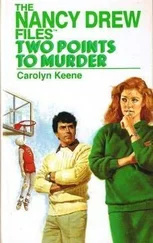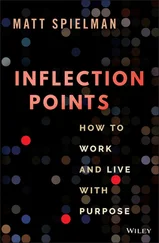We took Air Force One into Mobile, Alabama, where I was met by Governors Bob Riley and Haley Barbour. Both were impressive leaders who had carried out effective evacuation plans, worked closely with local authorities, and launched recovery operations rapidly.
I asked Bob and Haley if they were getting the federal support they needed. Both told me they were. “That Mike Brown is doing a heck of a job,” Bob said. I knew Mike was under pressure, and I wanted to boost his morale. When I spoke to the press a few minutes later, I repeated the praise.
“Brownie,” I said, “you’re doing a heck of a job.”
I never imagined those words would become an infamous entry in the political lexicon. As complaints about Mike Brown’s performance mounted, especially in New Orleans, critics turned my words of encouragement into a club to bludgeon me.
Our next stop was Biloxi, Mississippi. I had flown over the area two days earlier, but nothing prepared me for the destruction I witnessed on the ground. I walked through a wasteland. There were uprooted trees and debris strewn everywhere. Virtually no structures were standing. One man was sitting on a block of concrete, with two smaller slabs in front. I realized it was the foundation of a house. The two slabs used to be his front steps. Nearby was a mangled appliance that looked like it might have been his dishwasher.
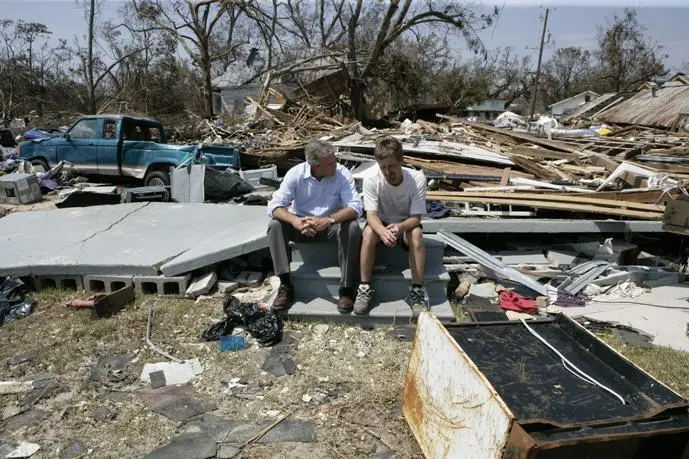
Sitting with a Biloxi, Mississippi, man on what used to be his front steps. White House/Eric Draper
I sat next to him and asked how he was holding up. I expected him to tell me that everything he owned had been ruined. Instead he said, “I’m doing fine. … I’m alive, and my mother is alive.”
I was struck by his spirit and sense of perspective. I found the same outlook in many others. One of the most impressive people I met was Mayor A.J. Holloway of Biloxi. “All the Way Holloway” had been a running back for the 1960 National Champion Ole Miss football team. While Katrina destroyed more than six thousand homes and businesses in Biloxi, there wasn’t an ounce of self-pity in the mayor. He resolved to rebuild the city better than before. Governor Barbour put the spirit of the state into words when he said people were “hitching up their britches and rebuilding Mississippi.”
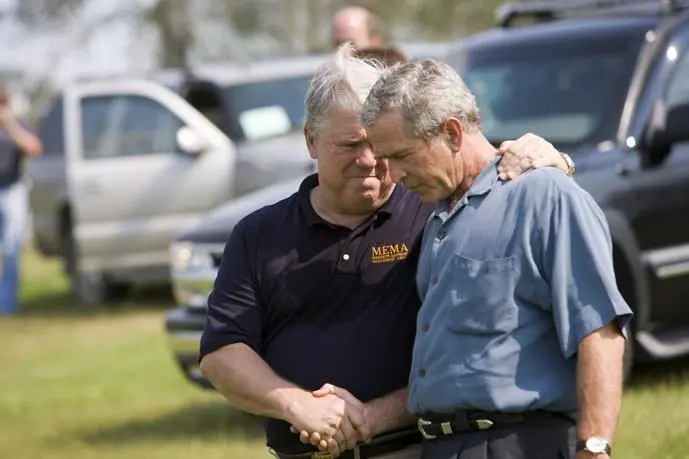
With Haley Barbour. White House/Eric Draper

Our final stop was New Orleans, where I made my appeal to Governor Blanco on Air Force One. Despite my repeated urging, she made clear she wasn’t going to give me an answer on federalizing the response. There was nothing to gain by pushing her harder; the governor was dug in.
After a helicopter tour of the flooded city, we touched down at a Coast Guard station near the breached Seventeenth Street levee. On one side of the levee sat the town of Metairie, relatively dry. On the other was Orleans Parish, deep underwater for as far as I could see. I stared into the three-hundred-foot breach, a gateway for a destructive cascade of water. Unlike 1927, no levee had been dynamited in 2005. But the horrific impact on the people in the flood’s path was the same.
When I got back to the White House that evening, Andy Card met me in the Oval Office. He and White House Counsel Harriet Miers had spent the day—and the previous night—working with the lawyers and the Pentagon on a way to get federal troops into Louisiana. They had come up with an interesting proposal: A three-star general would command all military forces in Louisiana. On matters concerning the active-duty forces, he would report to me. On matters concerning the Guard, he would report to Governor Blanco. This dual-hat structure gave the federal government what we needed—a clear chain of command and active-duty troops to secure the city—while accommodating the governor’s concerns. Andy faxed her a letter outlining the arrangement just before midnight.
The next morning, Day Six, a call from Baton Rouge came in to the White House. The governor had declined.
I was exasperated. I had spent three days trying to persuade the governor. It had been a waste of time. At 10:00 a.m., I stepped into the Rose Garden to announce the deployment of more than seven thousand active-duty troops to New Orleans—without law enforcement powers. I was anxious about the situation. If they got caught in a crossfire, it would be my fault. But I decided that sending troops with diminished authority was better than not sending them at all.
The commander of Joint Task Force Katrina was a six-foot-two, no-nonsense general known as the Ragin’ Cajun. A descendant of Creole ancestors from southern Louisiana, General Russ Honoré had lived through many hurricanes and knew the people of the Gulf Coast well.
General Honoré brought exactly what the situation required: common sense, good communication skills, and an ability to make decisions. He quickly earned the trust of elected officials, National Guard commanders, and local police chiefs. When a unit of Guard and police forces tried to enter the Convention Center to make a food delivery with their guns drawn, Honoré was caught on camera yelling, “Weapons down, damn it!” The general came up with a perfect motto to describe his approach: “Don’t get stuck on stupid.”
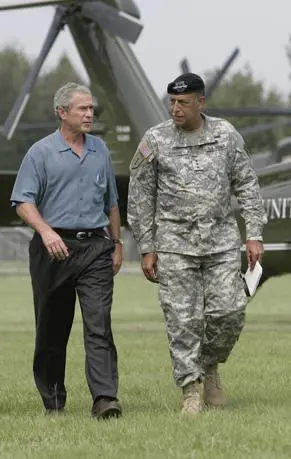
With General Russ Honoré. White House/Eric Draper
While we couldn’t federalize the response by law, General Honoré effectively did so with his strong will and force of personality. Mayor Nagin summed him up as a “John Wayne dude … who came off the doggone chopper, and he started cussing and people started moving.” Had I known he could be so effective without the authority I assumed he needed, I would have cut off the legal debate and sent troops in without law enforcement powers several days sooner.

On Monday, September 5, Day Eight, I made my second trip to the Gulf Coast. General Honoré met me in Baton Rouge and briefed me on the response. Search-and-rescue operations were almost complete. The Superdome and Convention Center had been evacuated. Water was being pumped out of the city. Most important, our troops had restored order without firing a shot.
Laura and I visited an evacuee center run by a church called the Bethany World Prayer Center. Hundreds of people, including many from the Superdome, were spread across a gymnasium floor on mats. Most looked dazed and exhausted. One girl cried as she said, “I can’t find my mother.” My friend T.D. Jakes, a Dallas pastor who had joined us for the visit, prayed for their comfort and well-being. T.D. is the kind of man who puts his faith into action. He told me members of his church had welcomed twenty victims of Katrina into their homes.
There were similar examples of compassion across the Gulf Coast. For all the depressing aspects of the Katrina aftermath, these stories stand out as shining examples of the American character. Southern Baptists set up a mobile kitchen to feed tens of thousands of hungry people. New York City firefighters drove down in a truck the New Orleans Fire Department had loaned them after 9/11. Volunteers from the American Red Cross and Salvation Army set up twenty-four-hour-a-day centers to help disaster victims get assistance. Every state in the country took in evacuees. The city of Houston alone welcomed two hundred fifty thousand. The evacuation went down as the largest movement of Americans since the Dust Bowl of the 1930s.
Читать дальше








